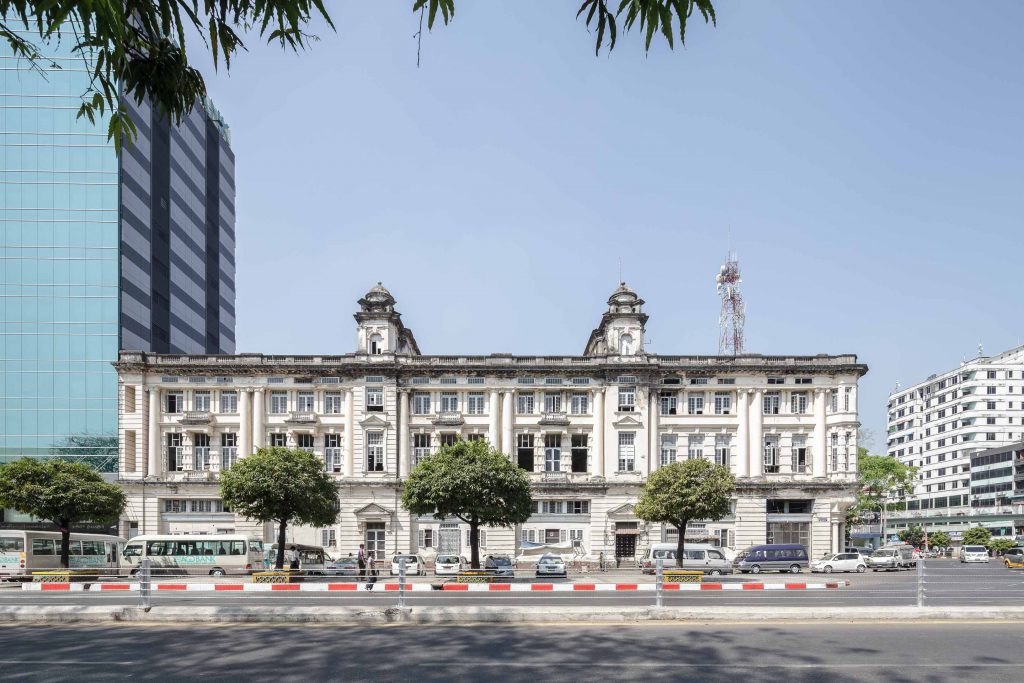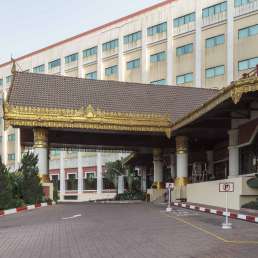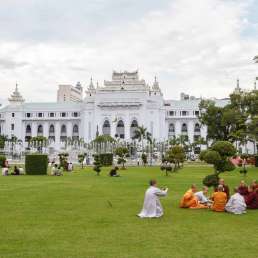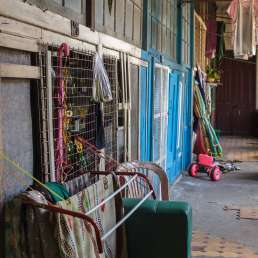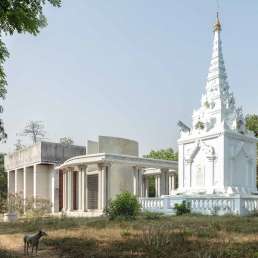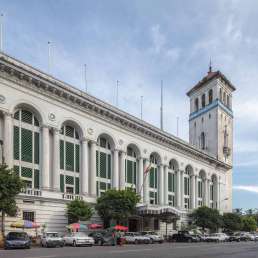U Hpone "Harry" Thant
Senior Advisor, Myanmar Tourism Federation
Old Police Court Building (New Law Courts Building)
The engraving on the façade says the Governor of Burma erected the building in 1931, in time for Queen Victoria’s Jubilee. Since then it has lived through some of the most interesting periods of Myanmar’s history. It became the headquarters of the dreaded Japanese secret police, the Kempeitai, during the Second World War. After the war it was the main police court building in Yangon. It was also used as offices by the socialist regime after 1962.
But this isn’t just a lifeless concrete structure. The old building shared in the joys and sorrows of the people under its roof. The walls would reverberate with laughter and songs during the Myanmar New Year staff parties every April. It cried in silence when a young female employee drowned in the Yangon River in a ferry mishap, right under its nose. And there was the mysterious case of the old rusty iron safe on the veranda: nobody knew when or who put it there, or why, let alone what was inside. Another time, a night duty officer saw a snake on his rounds and when he captured it, found it was a female cobra with eggs in her belly. Oh my God!
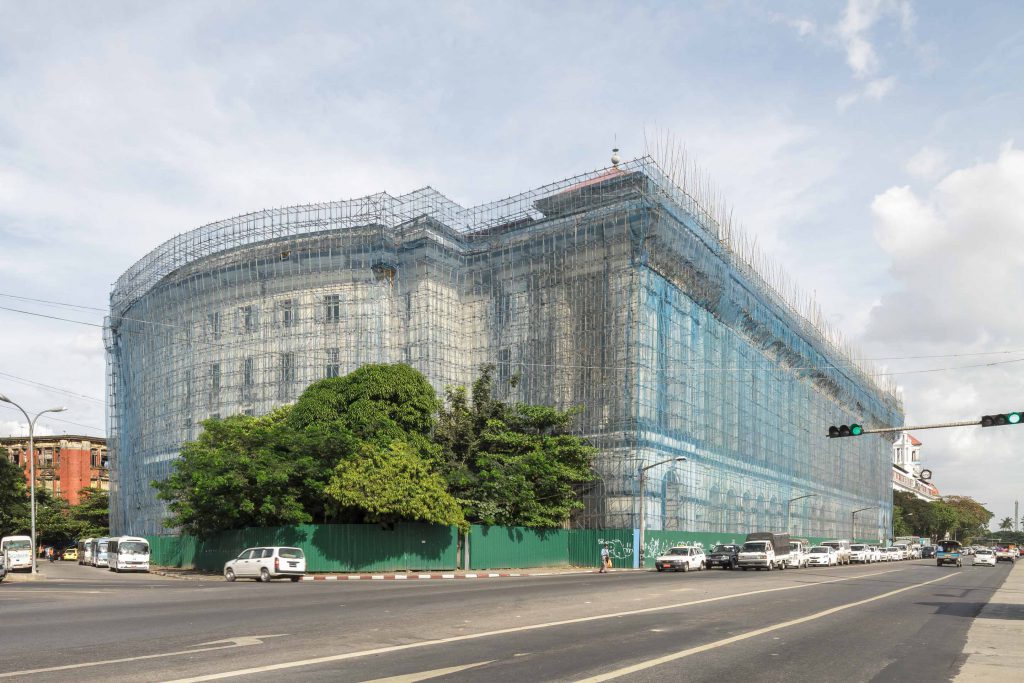
Lim Chin Tsong Palace
It is an imposing structure with spires constructed in Chinese style. There were rumours of a tunnel under the main building to connect it to another similar, but smaller, structure on the other bank of Inya Lake. Some say there was a secret basement. There was also talk among envious locals who claimed Chin Tsong was so rich that he burned banknotes to boil his tea kettle. Although not in Myanmar architectural style, it shows the cultural diversity of the city.
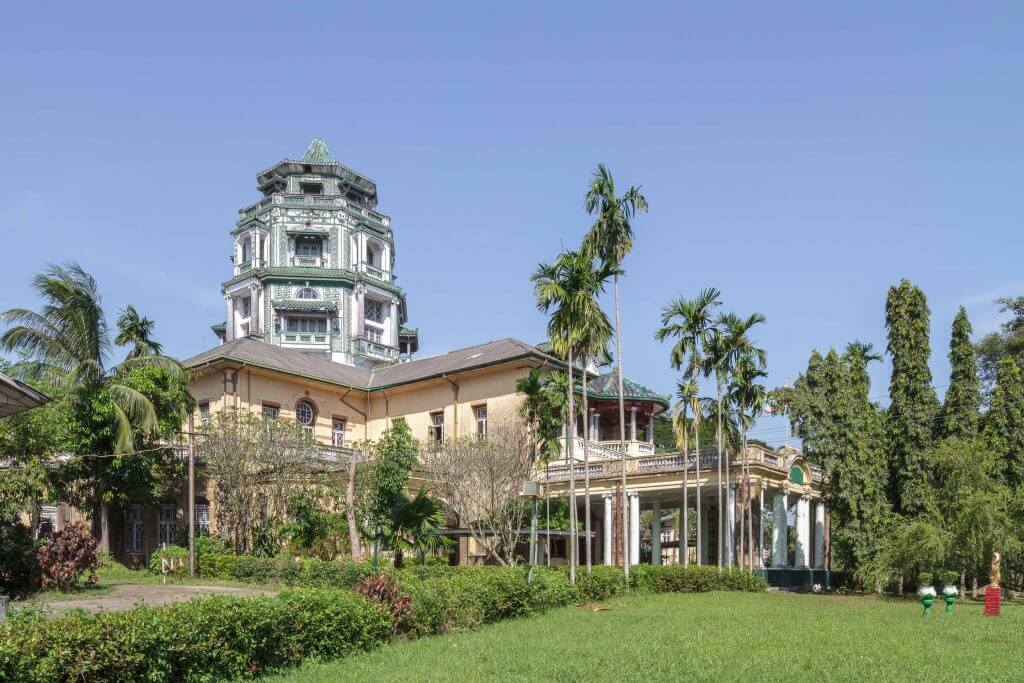
Boat Club and Kandawgyi Lake
The Boat Club was strictly the domain of the “whites”. No local Myanmar members were accepted; they were even forbidden from entering the building. After independence in 1948, the lake reverted from “Royal Lake” to its Myanmar name of Kandawgyi, which means “Great Lake”. The Boat Club was renamed the Pyidaungsu Club (“Union Club”) and the doors of the clubhouse were opened to local people (if they were elite or powerful).
The lake’s origins are shrouded in mystery. Legend says it was formed when King Okkalapa used the earth from this place to make bricks for the great Shwedagon Pagoda. Others suggest the lake was formed when the Head Minister of Dagon (Yangon’s historical name) dammed a small creek draining into the Pazundaung River to water his war elephants. But however the lake actually emerged, it has become Yangon residents’ favourite spot for rest and relaxation.
Rangoon Turf Club
Sundays were race days: Rangoon’s high society would gather at the Rangoon Turf Club in all their fineries, sitting in the Members’ Stand on the western side of the grounds. The lower classes had to enter by the eastern gates. General Ne Win, who took over the country in 1962, was a regular visitor at these Sunday meets even before he took power. Later he decided to abolish horse racing. But the former Members’ Stand found a new life. They became a stage for delegates from the country’s 14 States and Divisions to give glowing speeches and extol the virtues of socialism. Today the grounds are overgrown with weeds and tall grasses but the ancient crumbling walls of the Members’ Stand might still be remembering the voices cheering the winning jockeys—or are they cheering the glories of socialism? Who knows what they might tell us if they could speak!
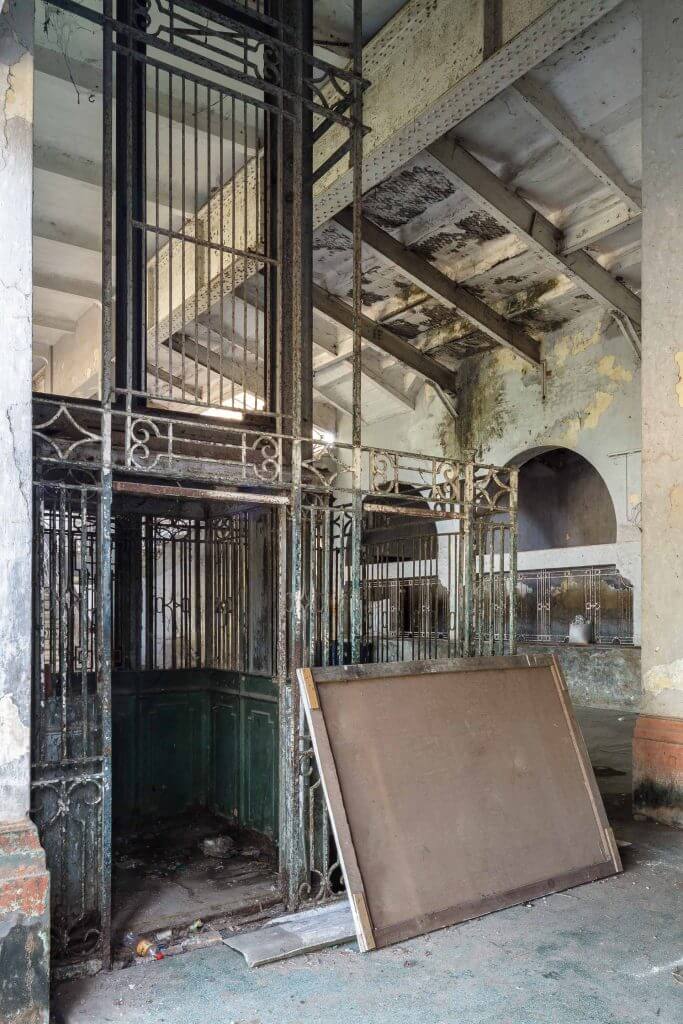
Ministry of Hotels and Tourism
First built by Indian investors, the building was partly destroyed during the Second World War—suffering extensive damage to its façade in particular. After the war the Ministry of Commerce had some of its offices here. After 1962, the Revolutionary Government substituted the Ministry of Commerce with the Ministry of Trade and created state-led corporations to boost the economy, notably in the tourism sector. Tourist Burma had its offices here. Although it was the sole authorised tourism agency, it never really looked busy. The counters were silent and covered with faded and frayed pamphlets.
Fortunes changed when the building became the Ministry of Hotels & Tourism (MOHT) in the early 1990s: the halls were filled with eager entrepreneurs hoping to attract international visitors to the world-famous Golden Land. Investors were lining up to build new hotels and resorts, new airlines and cruise ships, hoping for a boom in tourist arrivals. When the whole government machinery moved to Naypyidaw, the MOHT of course followed. Now, sadly, the once majestic building stands forlorn and forgotten in the shadow of the Sule Pagoda.
